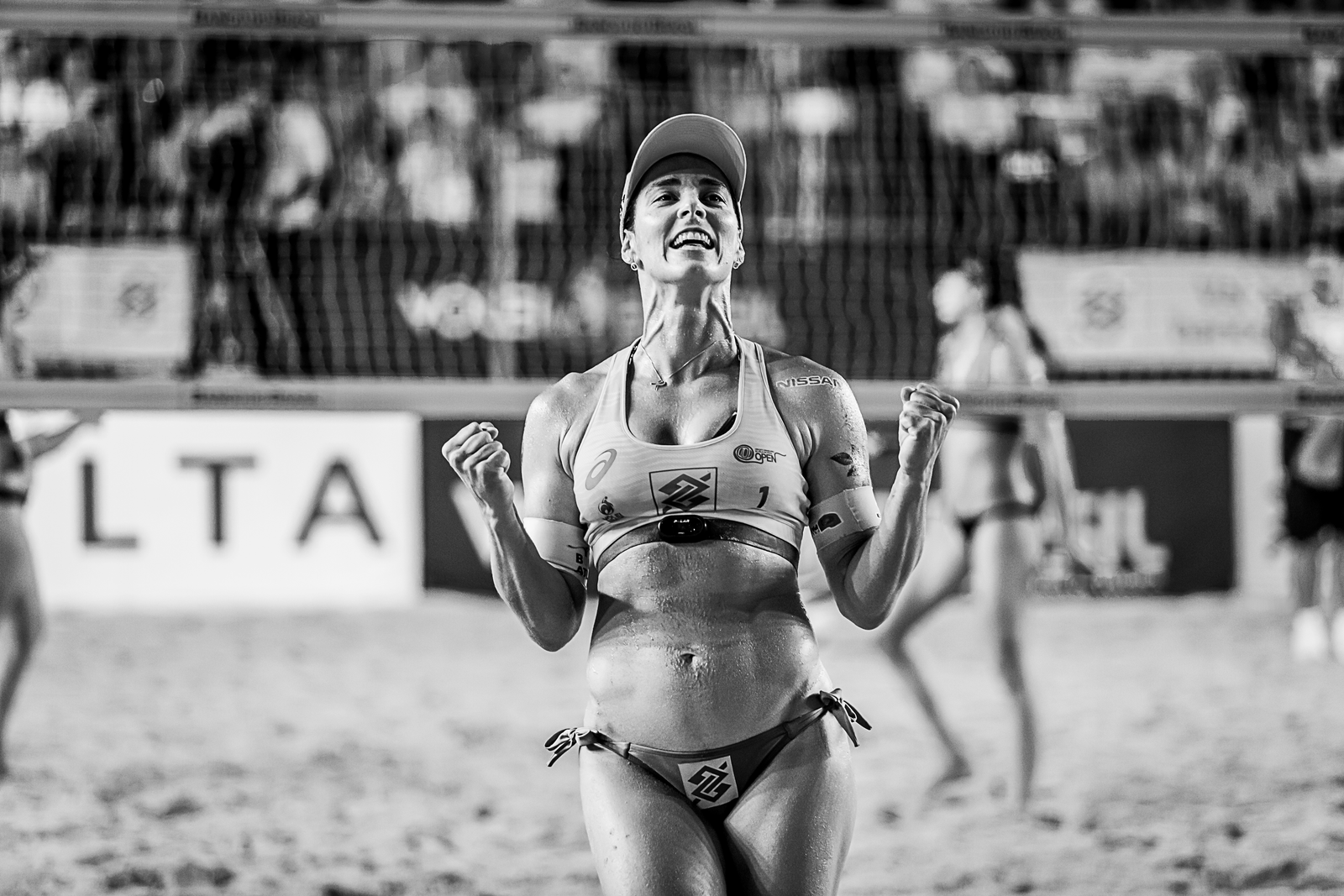
What women want – Key considerations for designing more comfortable sports bras
Progressive Sports Technologies have worked extensively with clients to understand what women like and dislike about their sports bras, then work out what to do about it. Sports bras are very complex products, but one of the secrets of good design is “to make the complex simple”. So to help, here are the some key considerations for designing more comfortable sports bras.
We have created several reports (the synopsis of one can be downloaded here) and case studies over the years and found that around 70% of women, particularly larger breasted women, experience breast discomfort during exercise.
To understand that sports bra discomfort is an issue, and a complex one, you need to go no further than to look at the amount of comment on social media by women experiencing the barriers that an uncomfortable sports bra presents to their exercise. It is true that this discomfort can be a barrier for women participating in exercise and reduce enjoyment in physical activity. Lack of exercise and physical activity have negative implications for both health and quality of life.
Wearing of a sports bra is known to reduce breast discomfort by significantly reducing breast motion when compared to wearing fashion bras or no bra. Given what we understand about the psychology of sporting performance, better fitting and more comfortable sports bras are likely to lead to sports performance improvements.
So let’s delve deeper into sports bra discomfort.

With every new sports bra feature we create a potential area of discomfort.

There was a study in Australia (Bowles et al.,2012) entitled Features of sports bras that deter their use by Australian women, that aimed to identify features of commercially available sports bras that deter women from wearing them while participating in physical activity. Study results were obtained from a self-administered mail survey, with 267 (65%) surveys returned from women aged 20 – 35.
It was found that 34% mostly wore a fashion bra when exercising and 32% mostly wore a sports bra. Large breasted (=C cup) women were more likely to wear a sports bra and had a greater awareness of different sports bra types.
If 34% percent of women were wearing a fashion bra, it is no wonder that many were experiencing discomfort during exercise.
Sports bra features considered by women to be “very important” included fit (93%), stopping breast motion (71%) and inclusion of underwire (45%).
This is interesting because most would rather have a better fit than stop breast motion, yet few designers or marketeers describe the fit of a sports bra.
The inclusion of an underwire? Few designers place underwires in sports bras, what is it that wearer’s actually want when they require this feature? It’s certainly possible to make a sports bra perform very well without a wire, and we’ve tested bras with wires in place and removed, showing us there is sometimes little difference.
The main factors women “extremely disliked” include, straps slipping off the shoulder (34% women) and straps cutting into the shoulder (34%). A further 23% of respondents also indicating that the shoulder straps were the first bra feature to fail. Respondents also indicated that the perceived tightness of the sports bra around the chest was a deterrent for their use. Small breasted women also expressed a particular dislike of the sports bra “creeping up”.
With every new sports bra feature we create a potential area of discomfort. The issues cited in this study are beginning to be solved by sports bra designers, but more work is needed. Here at Progressive we use pressure mapping, material testing and fabric strain analysis to better correlate material properties to user comfort. If you would like to learn more, please get in touch.
Here is our check list for gaining sports bra fit and comfort:
- Work firstly on key adjustments of the bra to gain a “good” initial fit.
- Visually confirm the bra is fitting correctly on the body and make fine adjustments.
- Once fit is correct, aim to reduce point-load pressure e.g. consider strap position on shoulder and tension “hot spots” around the underband.
- Once pressure on the skin feels uniform, aim to “take the weight of the breasts” and “control” the natural movement of the breast through final adjustments to the strap tension
As I said earlier, trying to make the complex more simple is a goal for us as we work in sports bra development and we take these insights with us when we test participants in the Labs.
We have worked with many of the world’s leading sports bra brands but we are well aware that there is still lots of work to do in order further improve sports bra design and performance. With new research, new scanning techniques, new materials and new production techniques we continue to enjoy the challenge so if you would like to discuss any of the issues raised in this article please get in touch with me by email at ross@progressivesports.co.uk
ENQUIRY
FORM

